Power Supplies
The safest and most optimal way to supply electricity to your guitar pedals is through a fully-isolated power supply (abbreviated to PSU). They provide a steady and reliable current from any mains plug socket, split and isolated to each pedal. They also keep the noise of your guitar’s signal to a minimum and prevent any annoying humming noises.
Many brands make pedal power supplies, including MXR, Strymon, Voodoo Lab, Truetone and T-Rex. Available in different sizes, there are plenty of PSUs out there that will fit pedalboards of all dimensions and offer outputs for even the most expansive of setups.
One of the best for small boards is the Walrus Audio Canvas Power 5, a five output PSU in an ultra low profile enclosure that will fit under Pedaltrain Nano and Metro boards. Suited to medium boards is the MXR ISO Brick Pro with nine outlets, two of which delivering a 500mA current suited to multi-fx and high-end digital pedals. It also has a link feature to add more MXR PSUs as you expand. A fantastic choice for a big board is the all-encompassing Fender Engine Room LVL 12 with twelve outlets, two of which provide switchable voltage between 9v, 12v and 18v.
Voltage
Different guitar pedals require different voltages to power them. Most will need 9v DC, some 12v and a select few need 18v (the DC standing for ‘direct current’). Some pedals may require ‘alternate current’ (AC) but in most cases those come with their own power supply. Check the technical specifications before you buy: using the wrong voltage can cause irreversible damage to a pedal. Plan ahead and ensure the power supply you pick features enough slots for the amount of pedals you have and enough of the necessary voltage outputs.
Current
Electric current is a flow of electrical charge. You will usually see this displayed as ‘100mA’ on your pedal, for example. With analogue stompboxes like overdrive or wah, the amount of current they require will usually be quite low. But much like with voltage, digital pedals will need a higher amount of current in order to function properly.
If a pedal doesn’t receive enough current then it simply won’t work, or its sound will be hindered. However, supplying a pedal with more current than it needs won’t affect its operation or sound at all. So if you give a pedal 300mA of current when its current draw is only 20mA, that’s totally fine!
Daisy Chaining
‘Daisy chaining’ is another method for powering your guitar pedals. Unlike an isolated PSU, you’re using a single power source to supply electricity to all of your pedals. This method is quite popular for beginner guitarists, as daisy chaining is significantly cheaper than buying a dedicated pedal power supply.
The TrueTone 1 Spot is perhaps the most well-known daisy chaining product out there. Featuring an 8-plug cable and a single power adapter that supplies 1700mA of current, you can quite easily power an entire board on a budget.
However, daisy chains have a few disadvantages. Firstly, you’ll have to ensure that all of your pedals are 9v. If not, you won’t be able to power them all as 12v or 18v pedals will need separate power supplies. You’re also more likely to encounter unwanted noise due to ground loops and draw imbalances when using both analogue and digital effects with different current needs.
In short, a daisy chain will cover your if you only have a handful of pedals of the same current and voltage requirements. Practising at home is the best setting for this, but it could likely be unreliable and lacking in quality when it’s most needed in a performance setting.
Power Supply Installation
Most guitarists with medium-to-large sized pedalboard opt to keep their power supplies mounted on the under-side of their board to allow more room for pedals and create a decluttered visual aesthetic. Before you start drilling any holes in your board, always follow the installation instructions on your PSU. A lot of pedalboards are raised higher from the ground towards the rear of the frame and include brackets to fit your PSU securely. You may find a low-profile PSU is great for this situation.
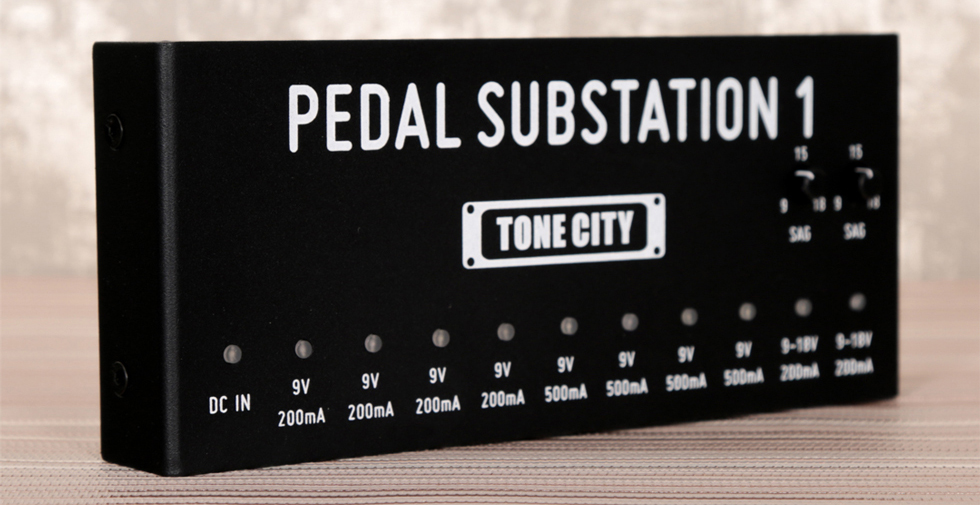
Featured Power Supplies



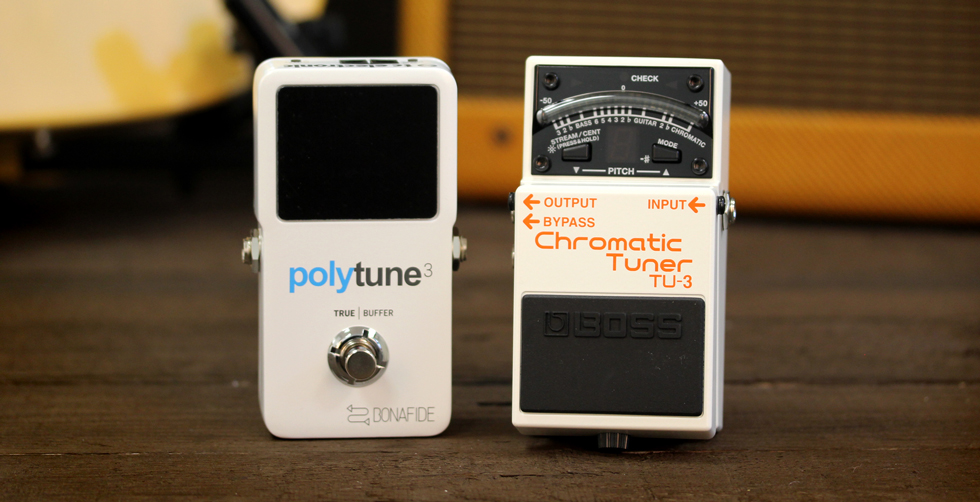
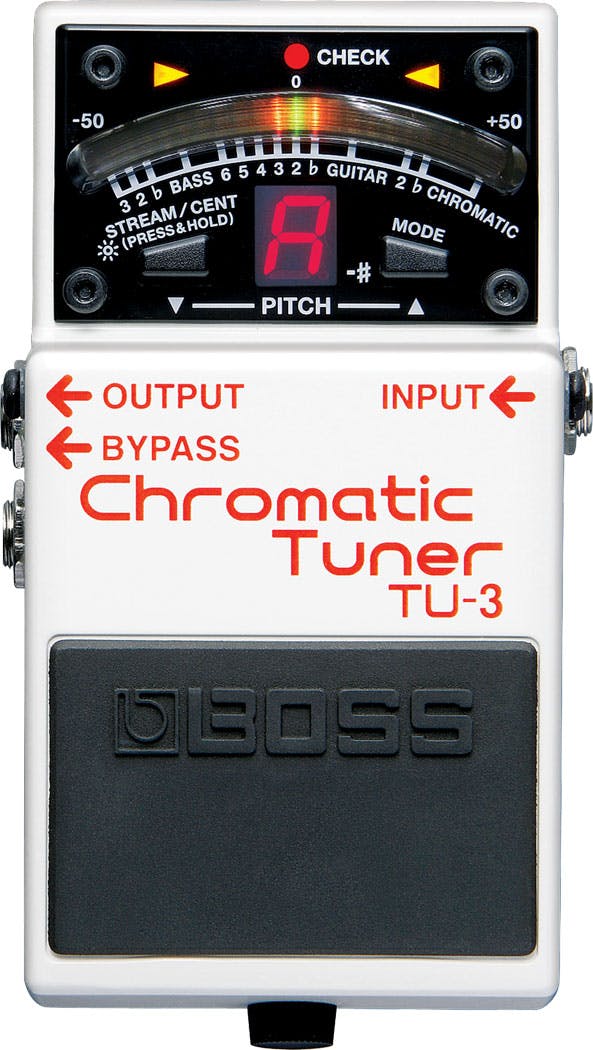
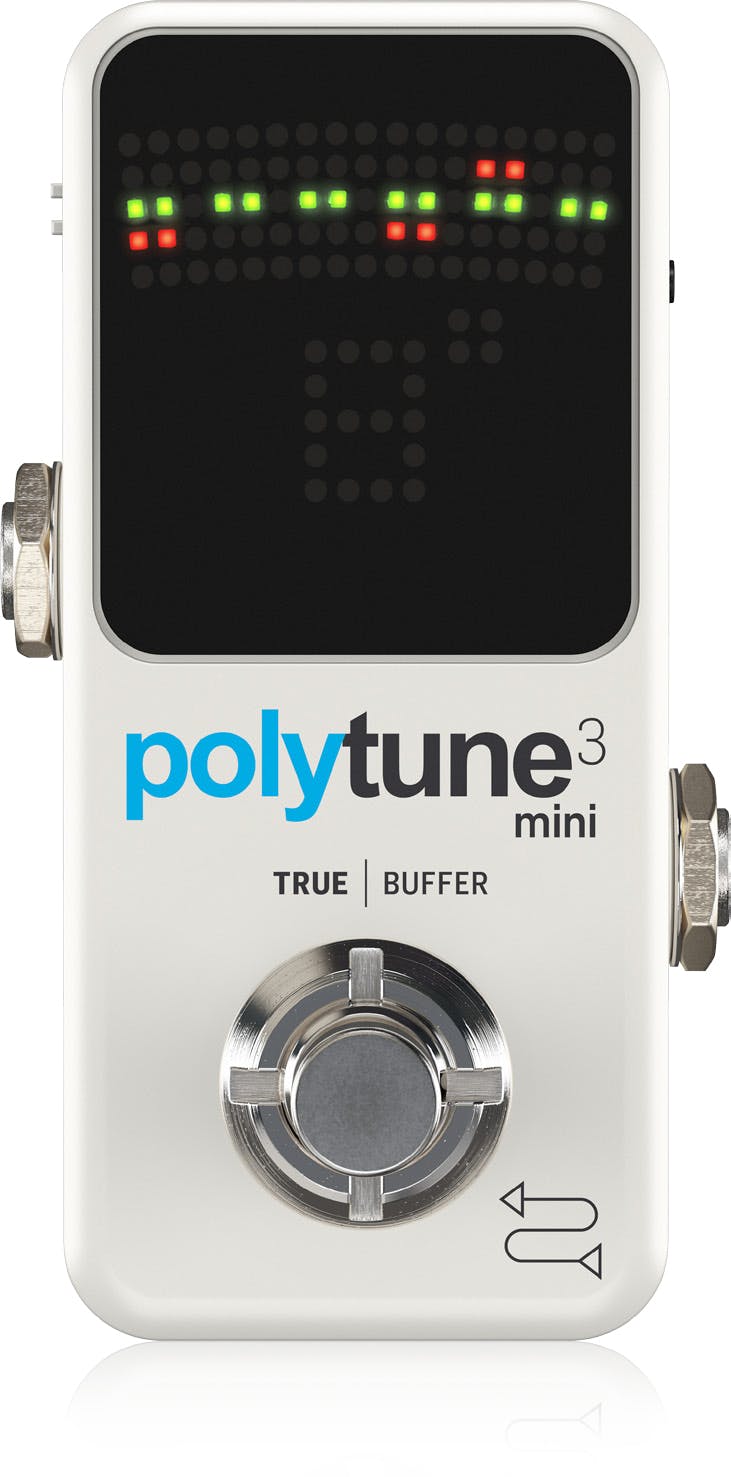
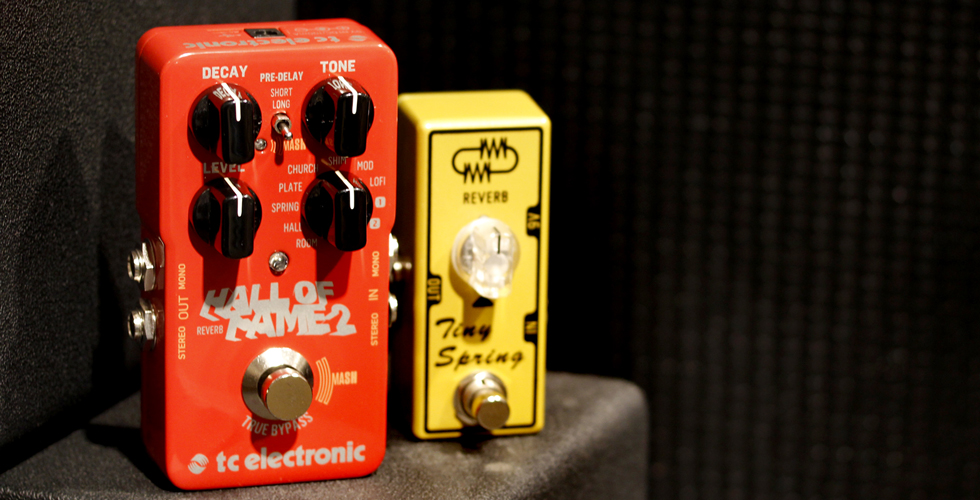


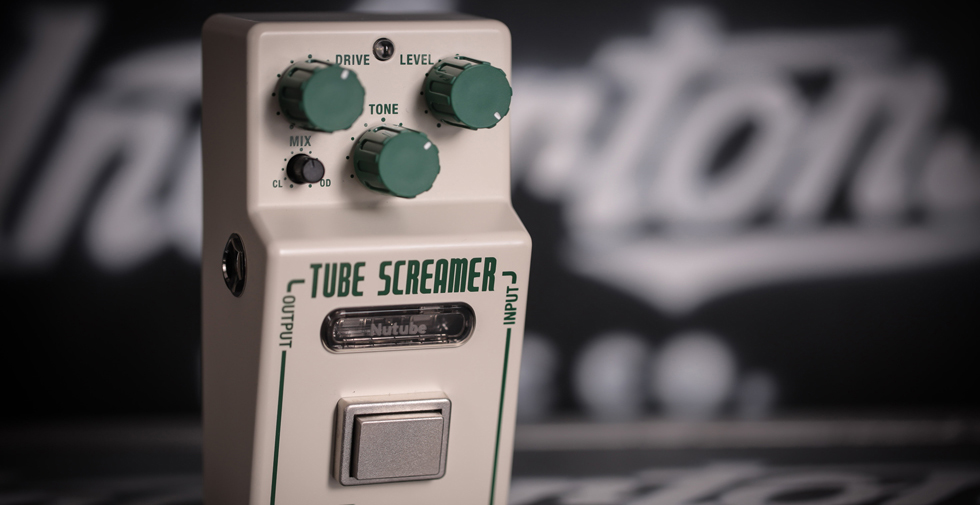
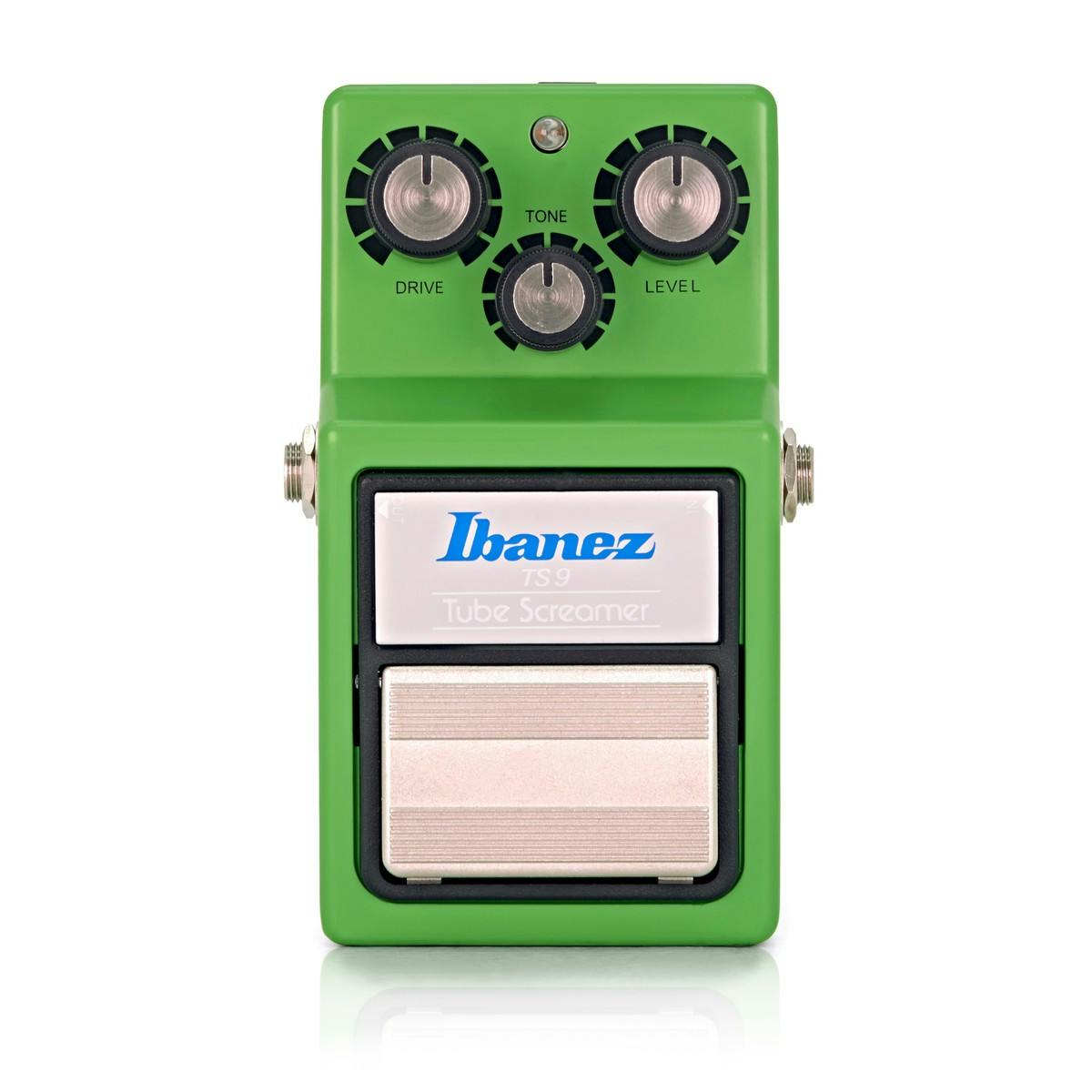
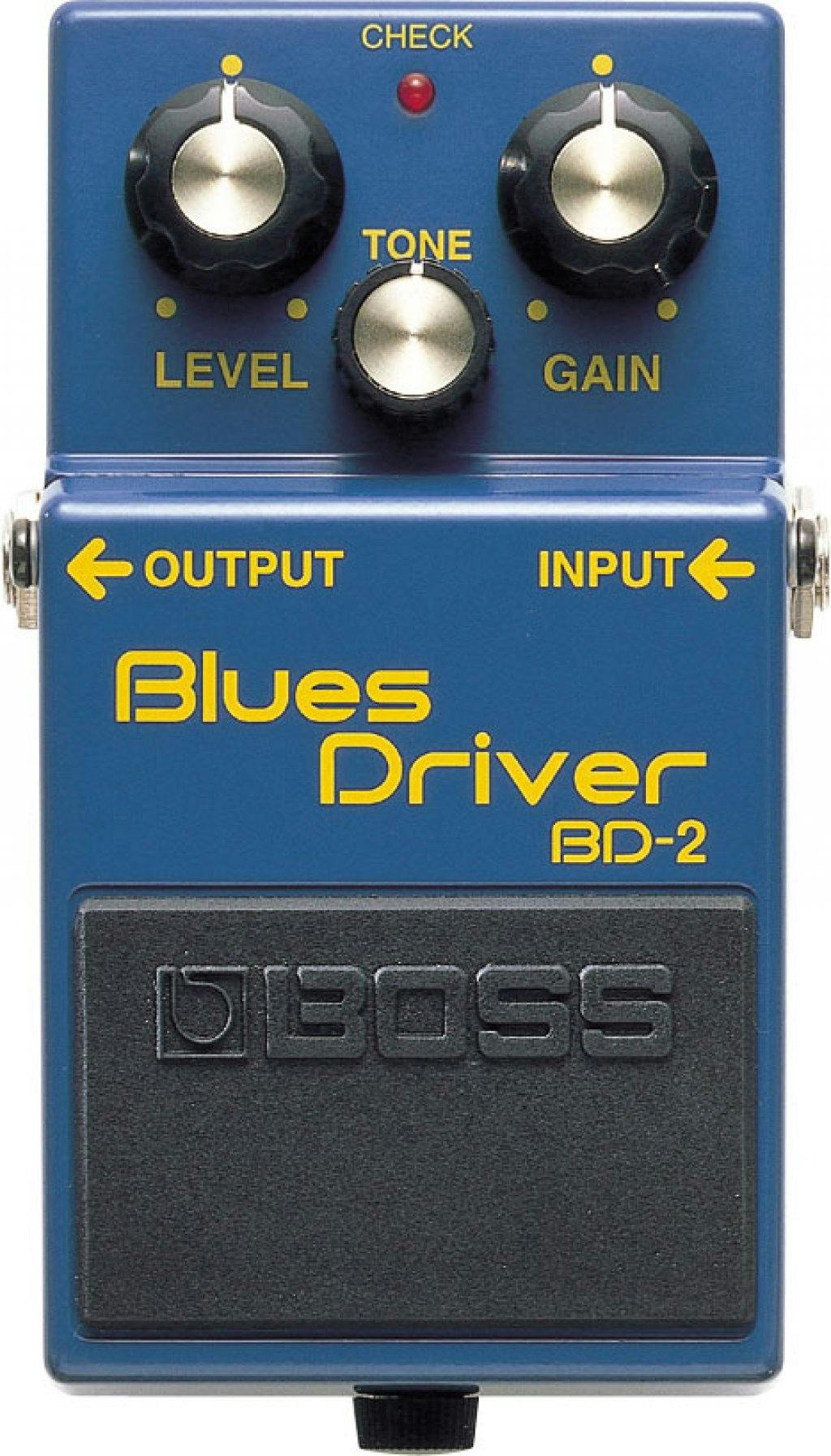
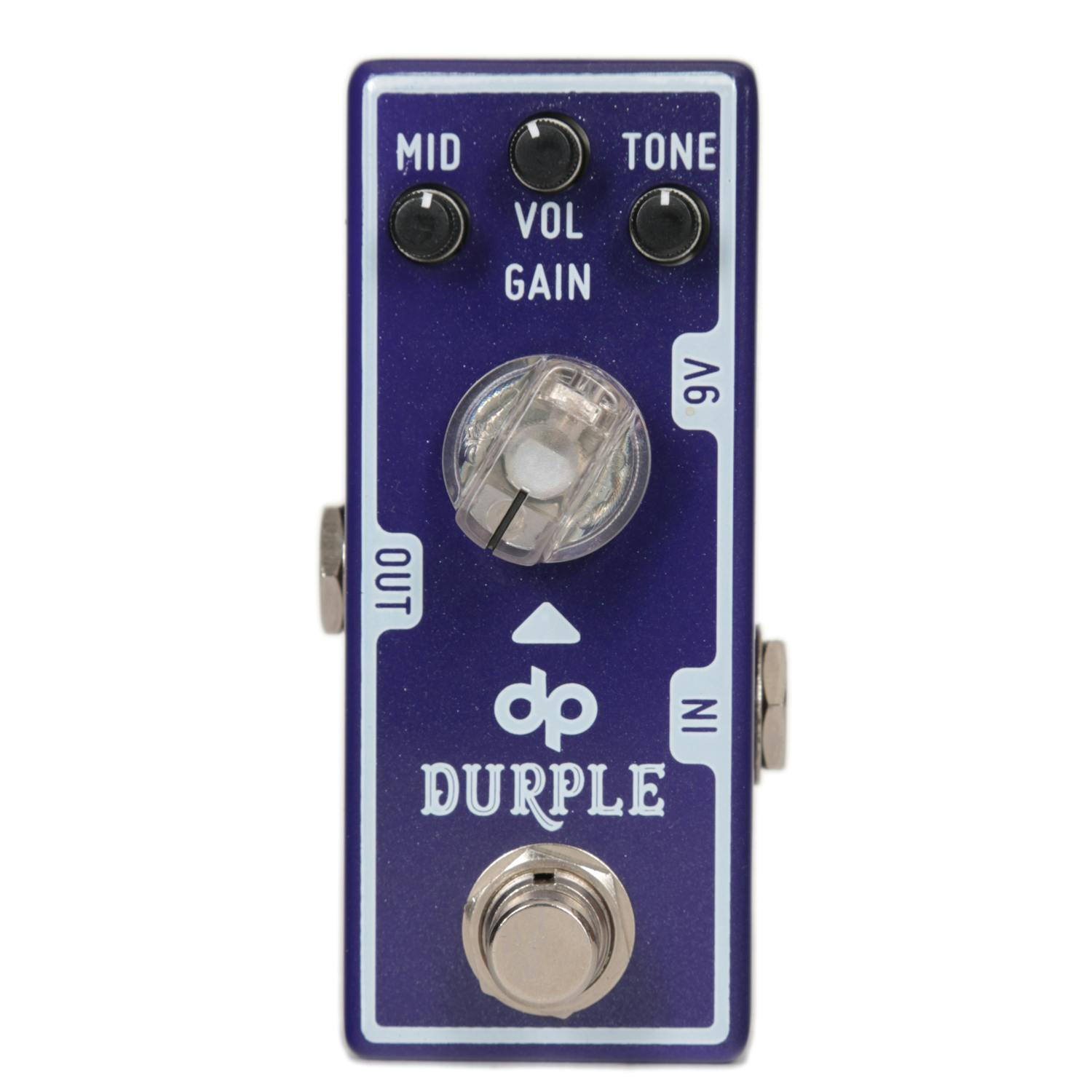
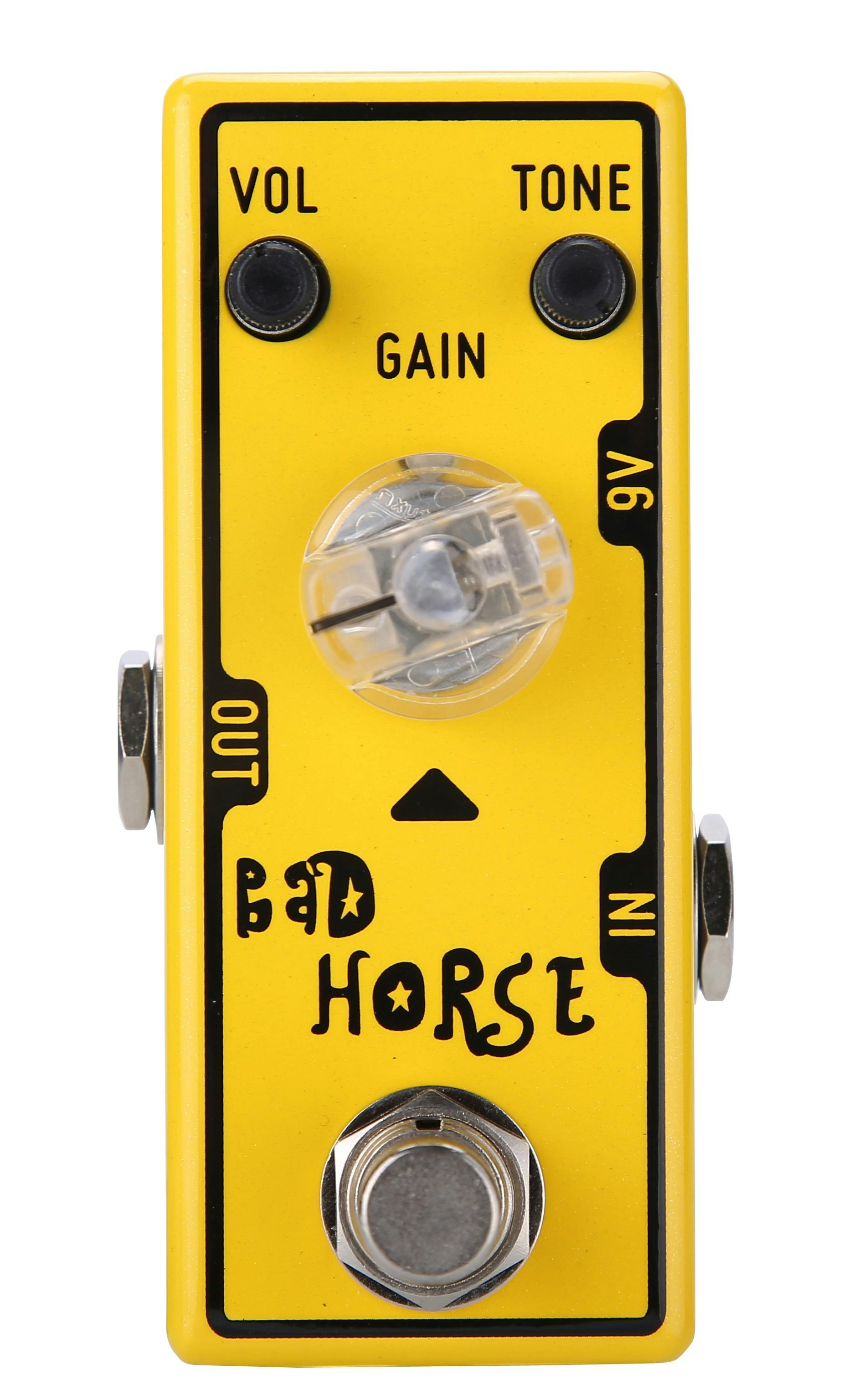


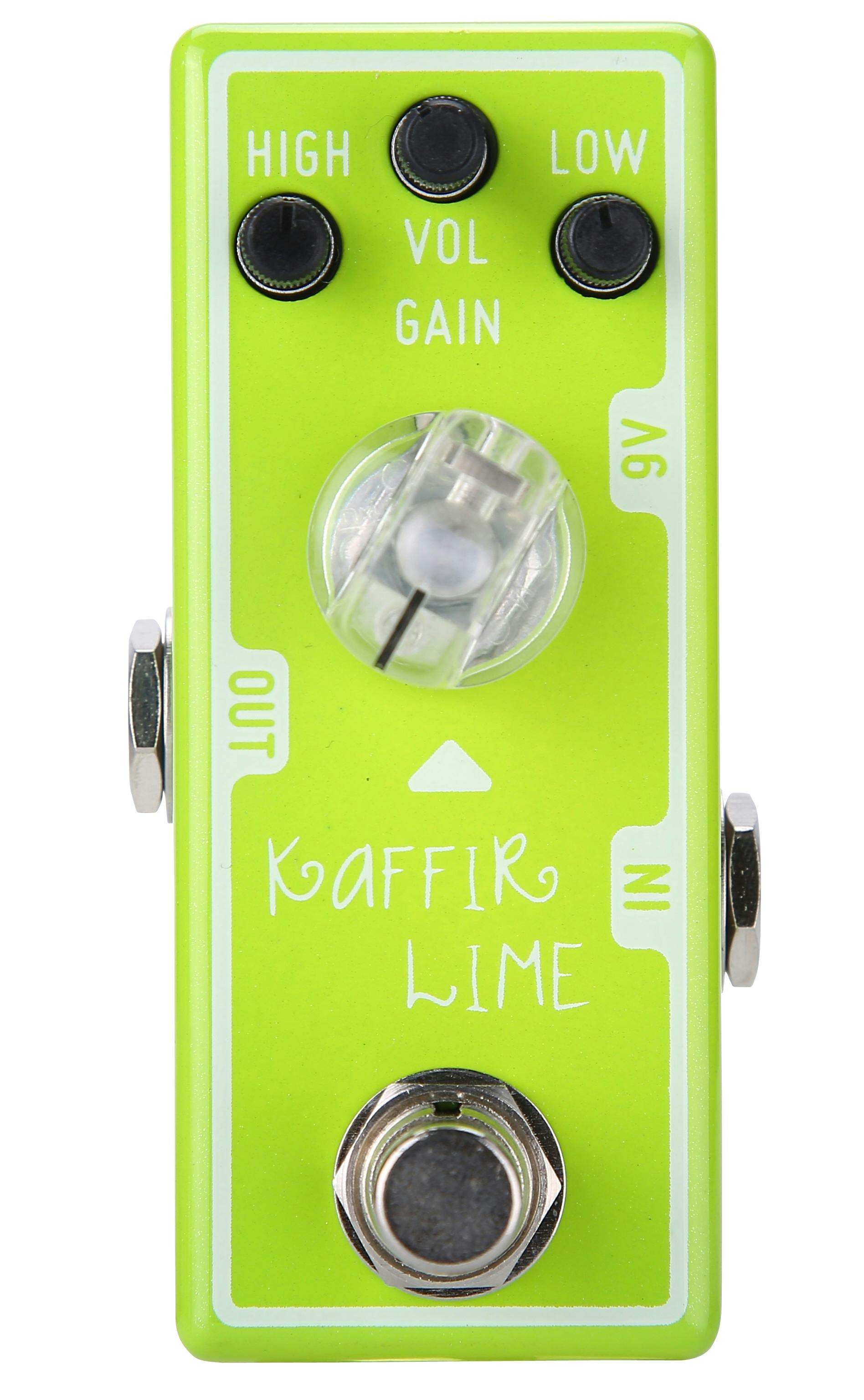

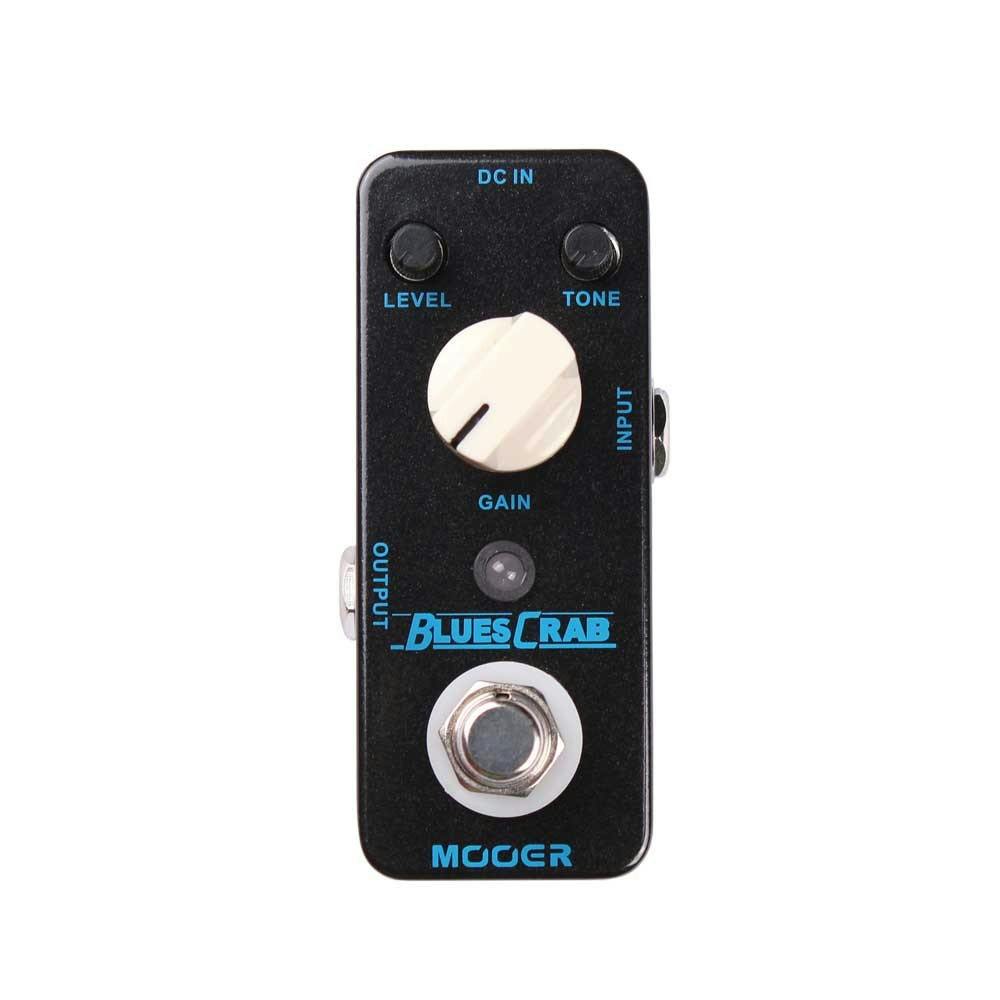
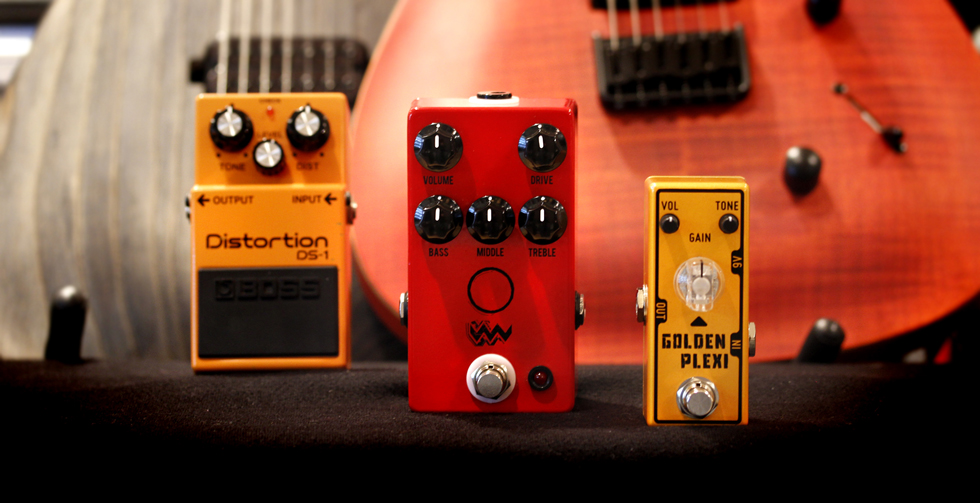
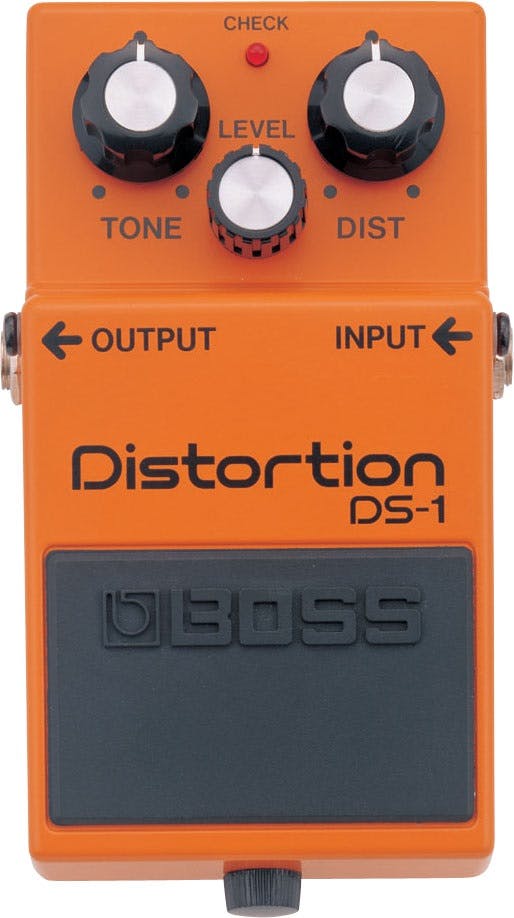
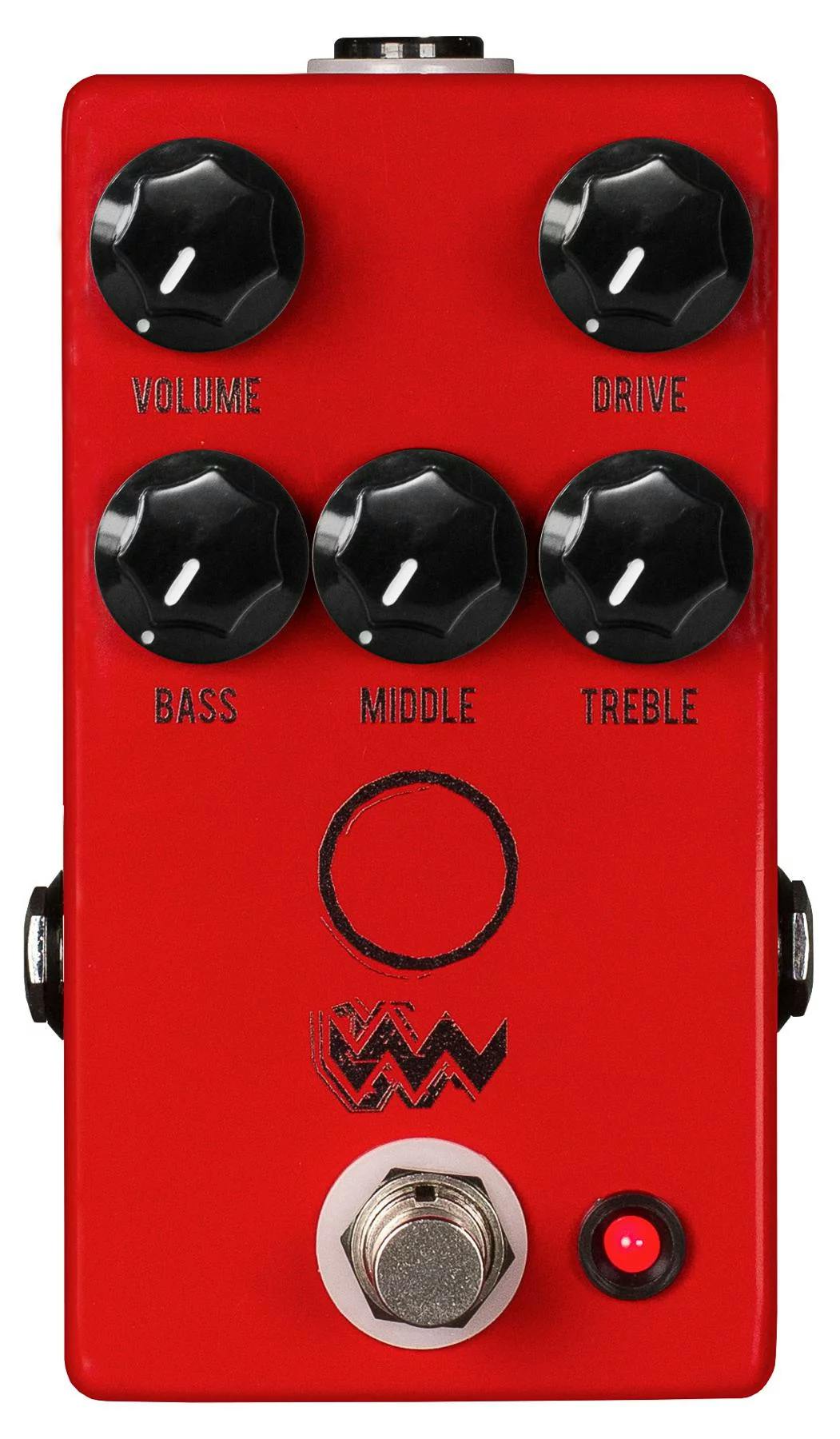
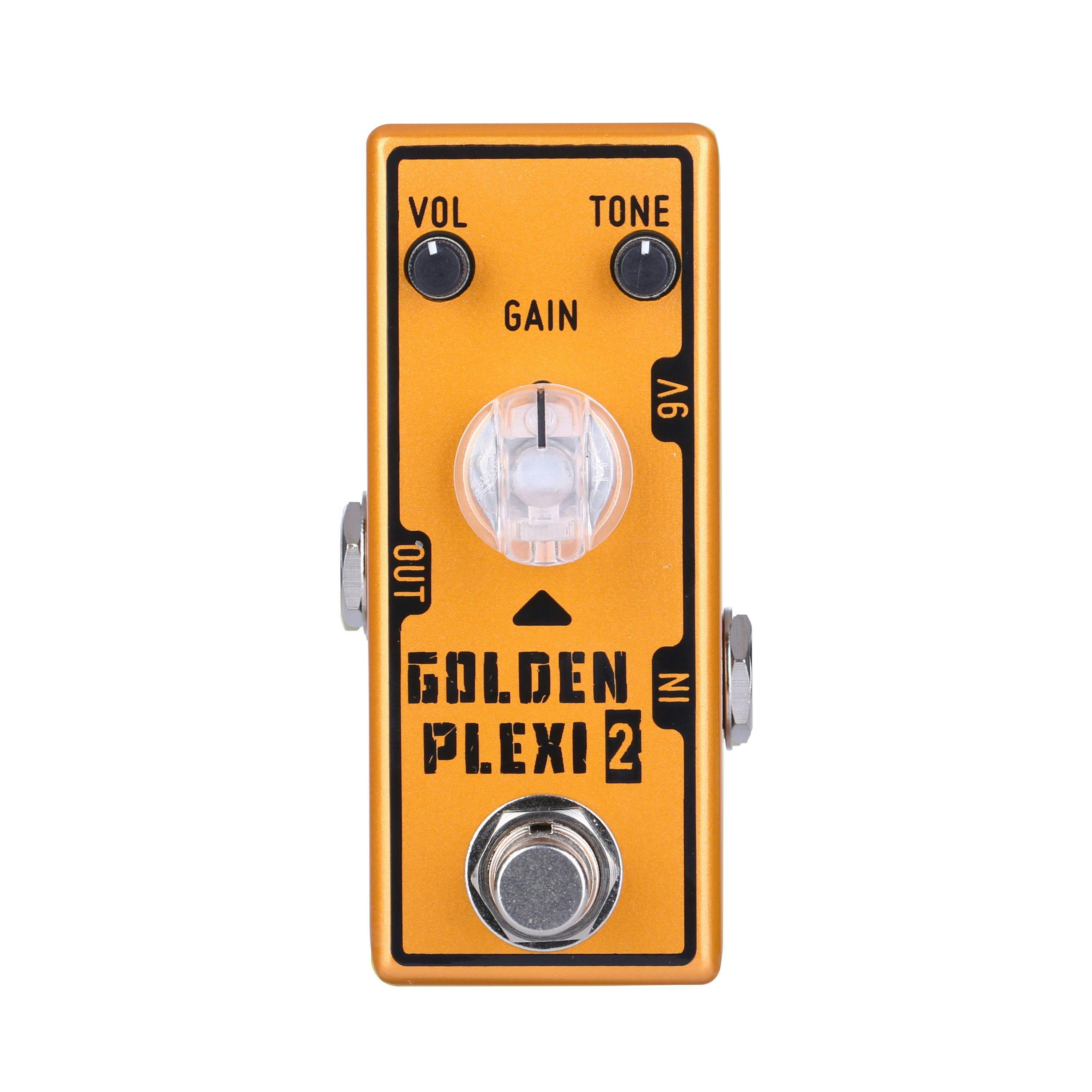
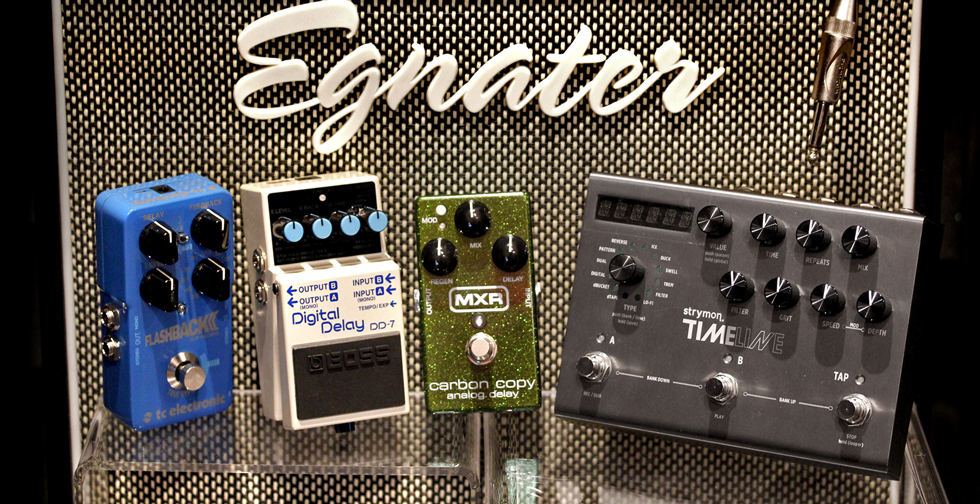
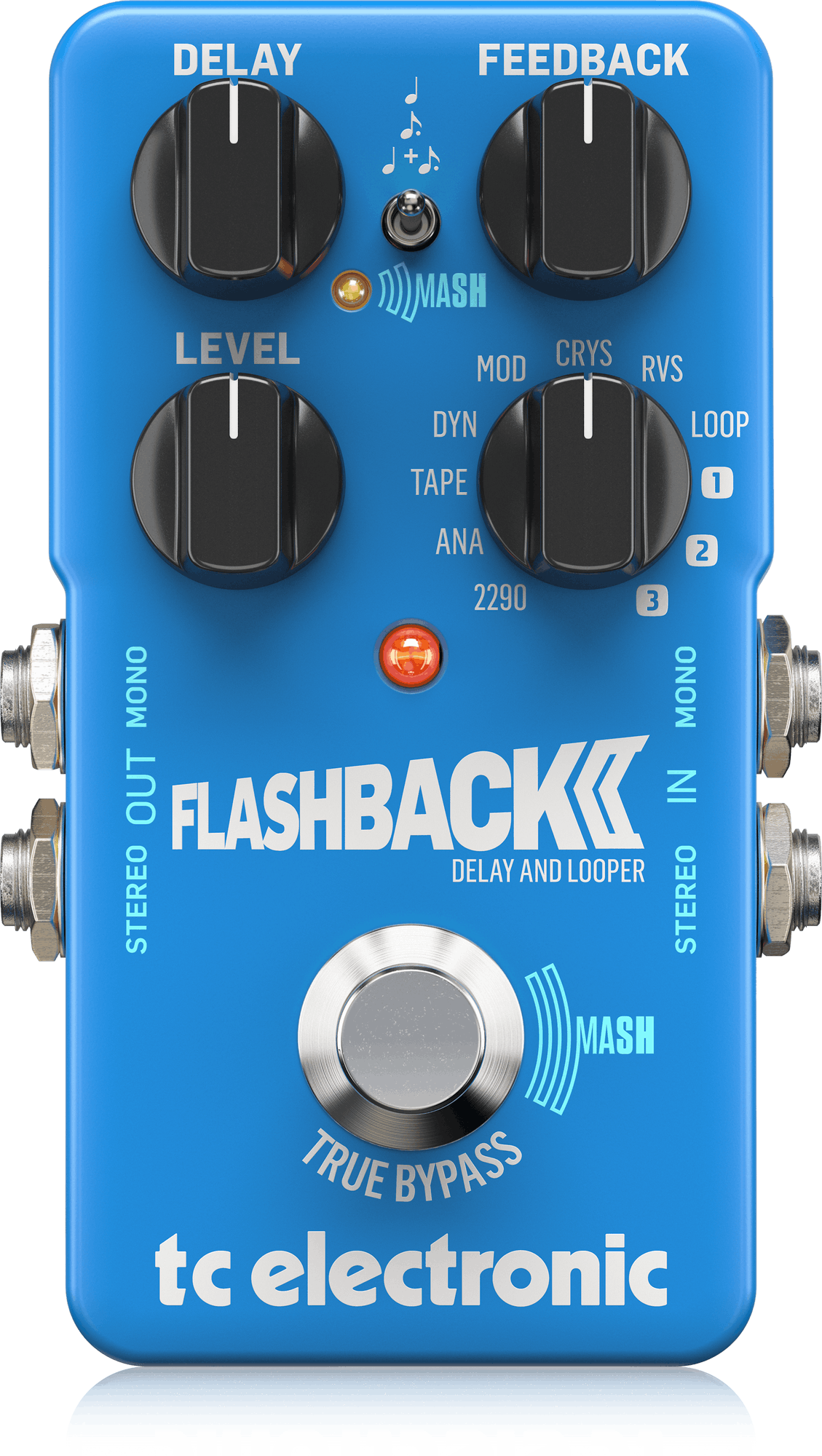
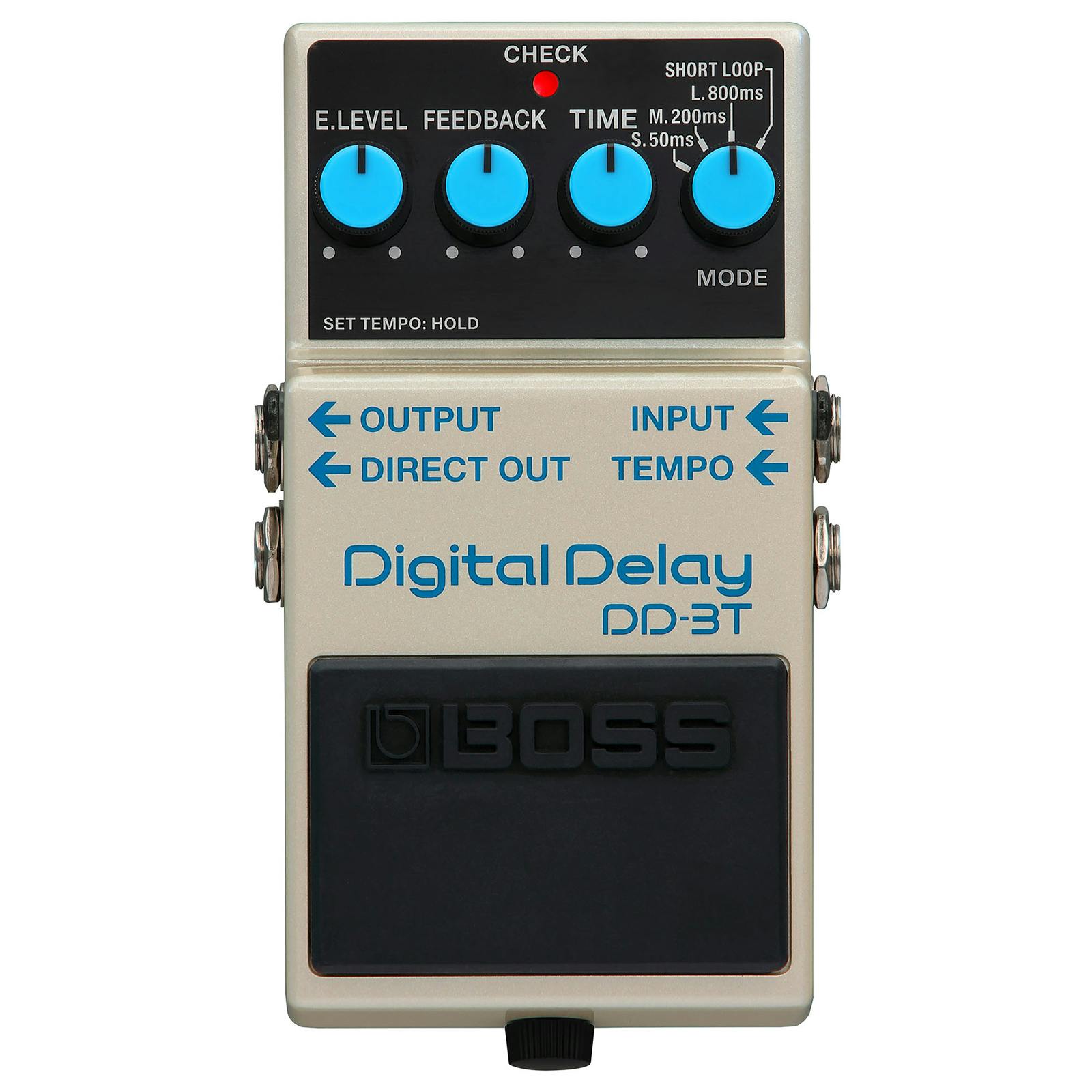

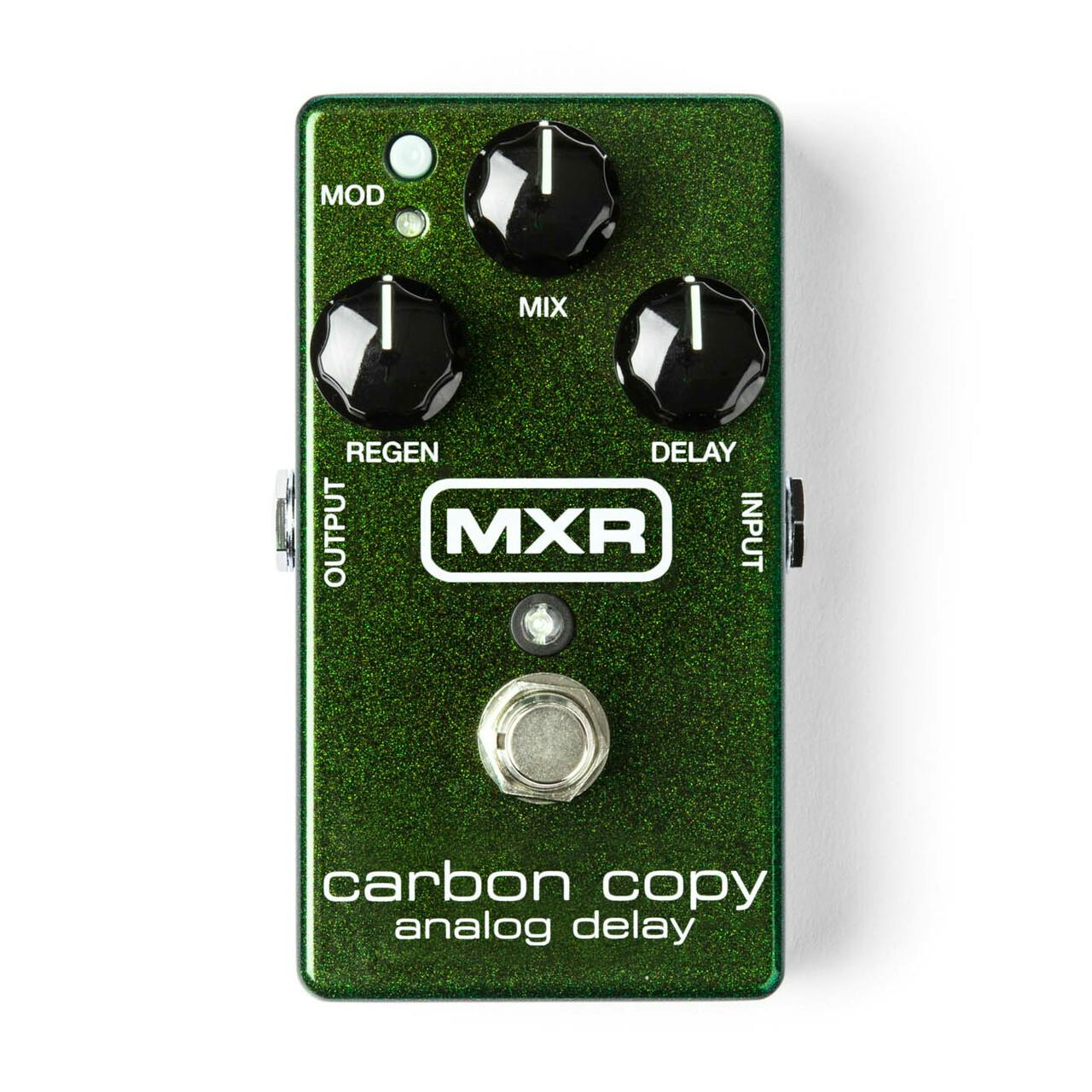
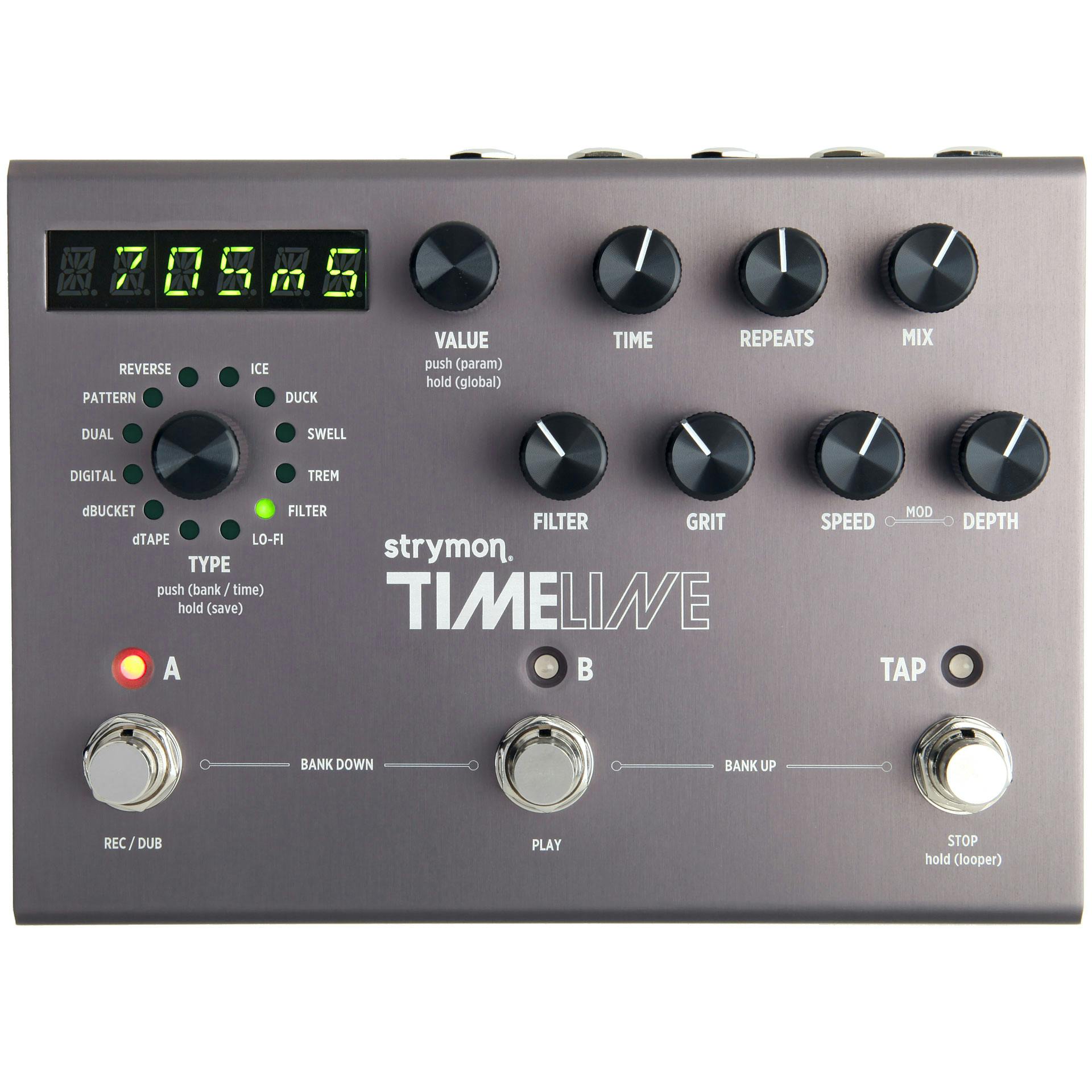

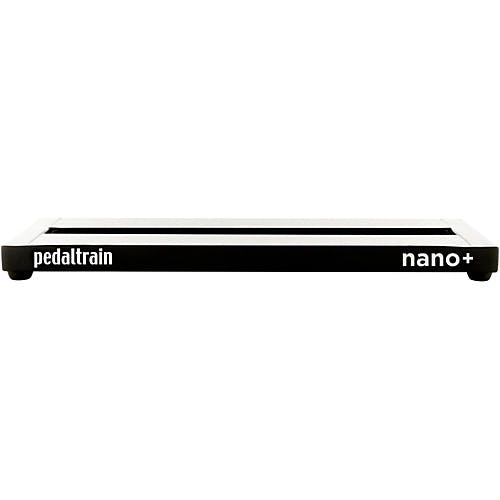
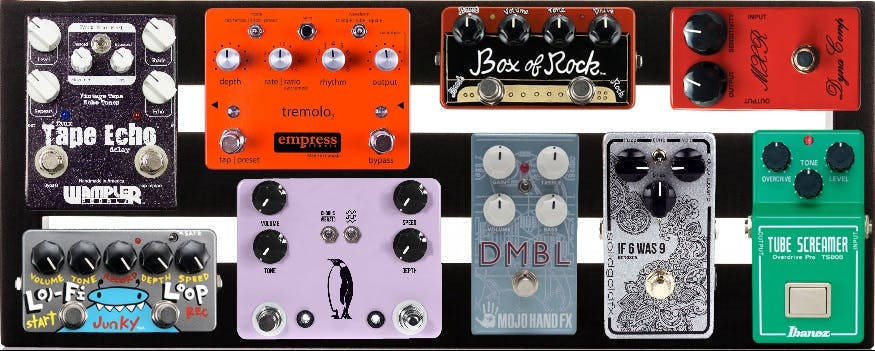







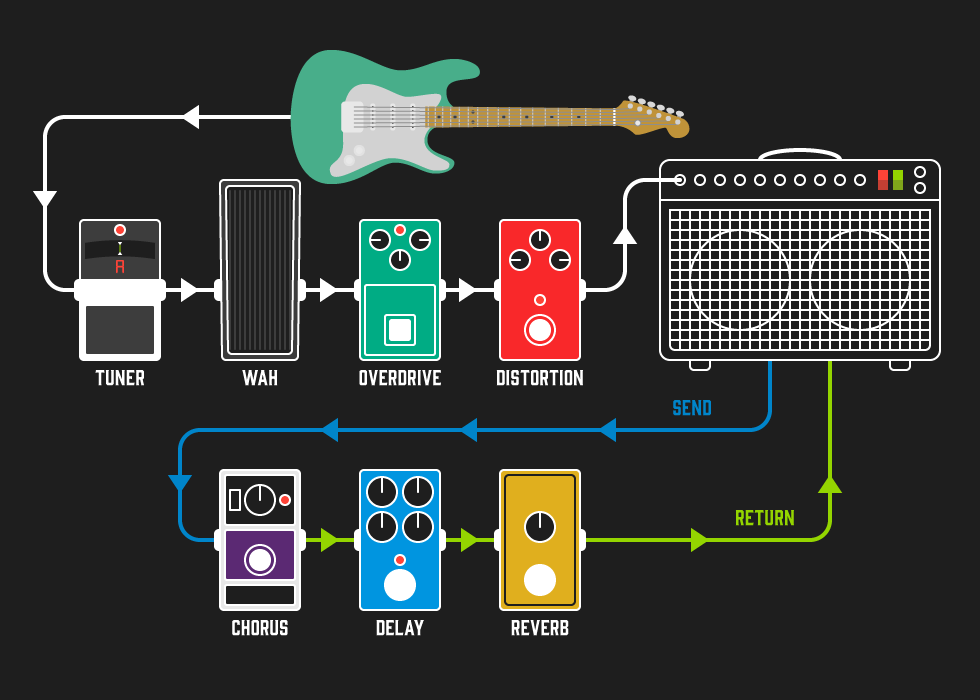
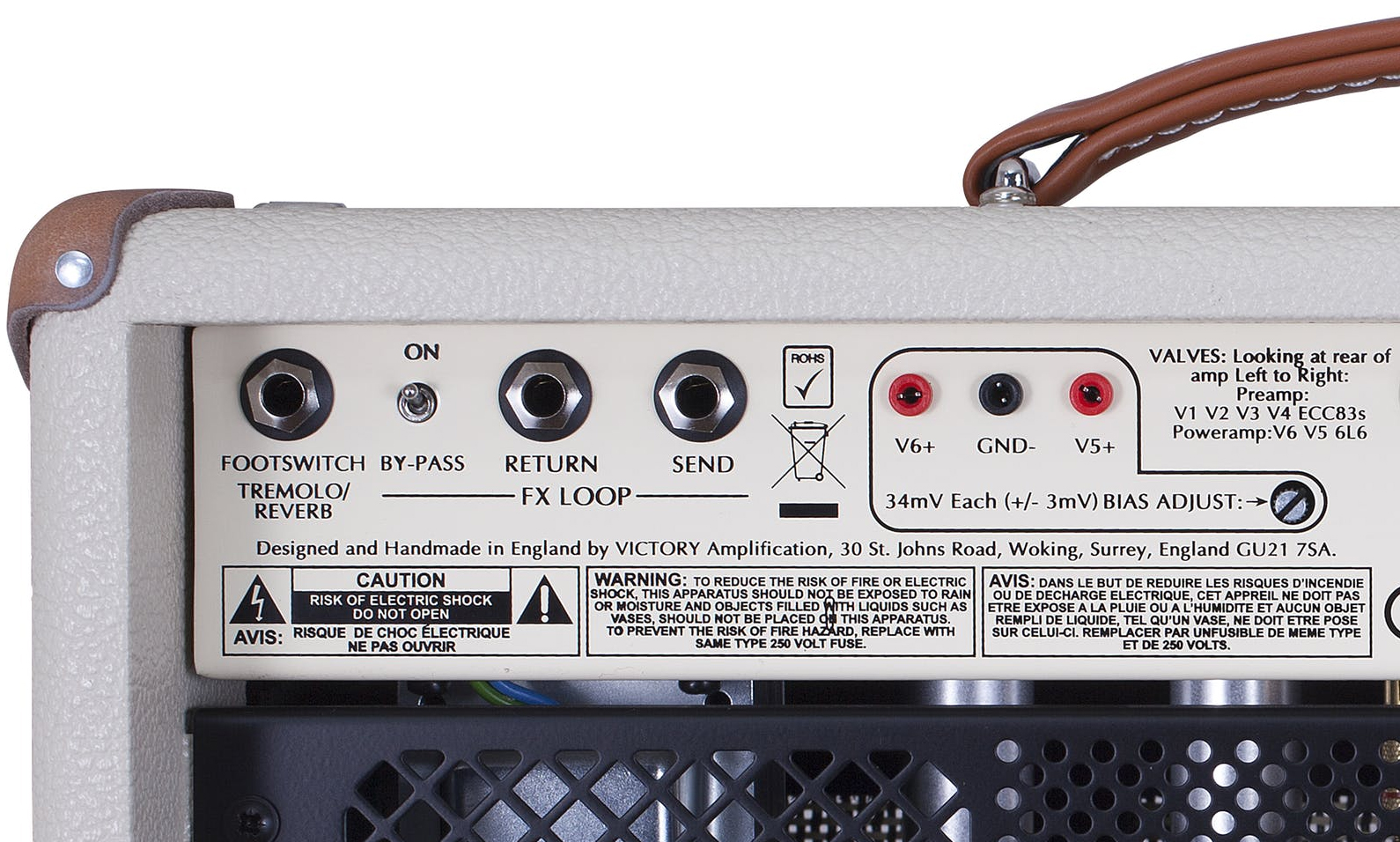






Responses & Questions